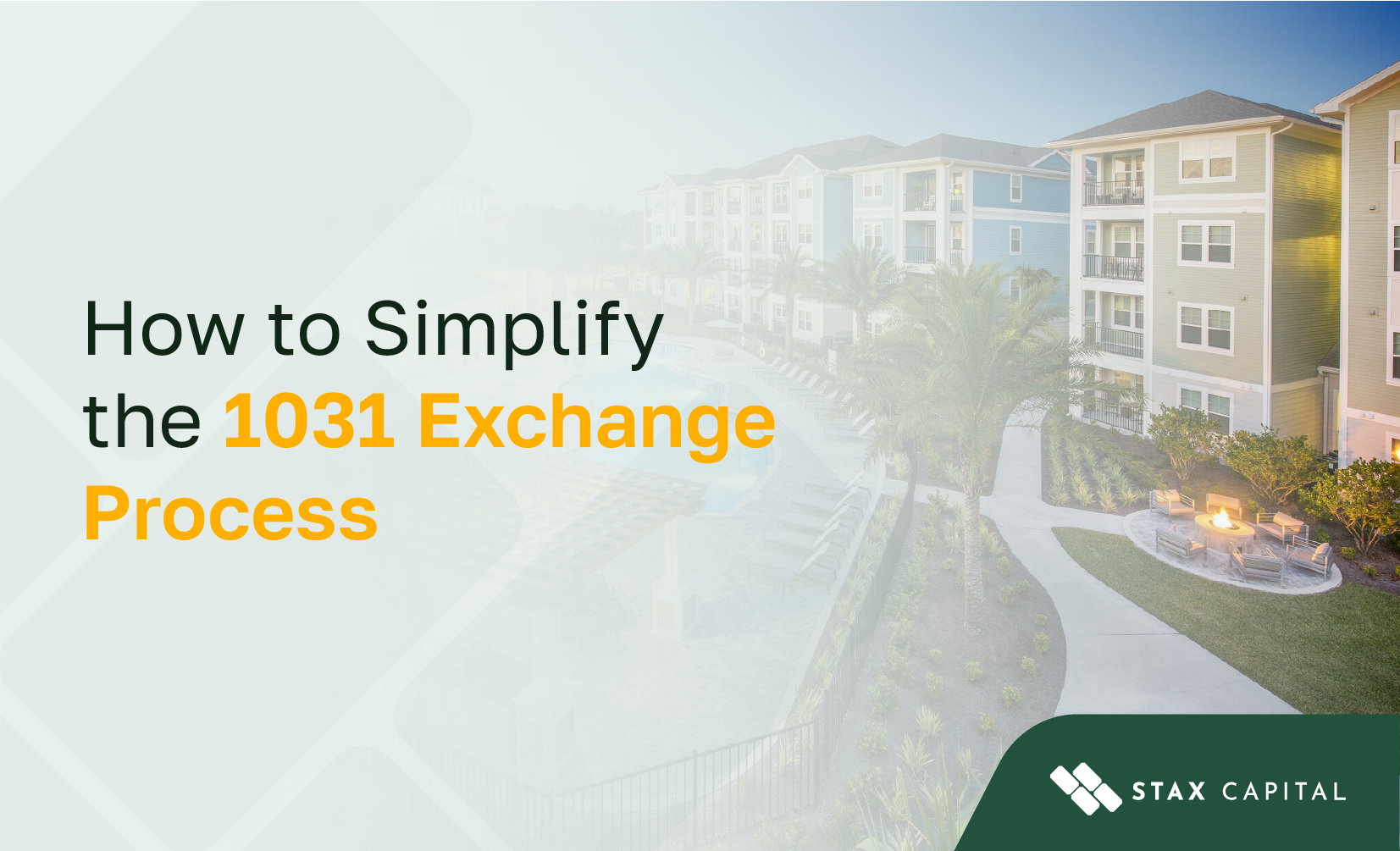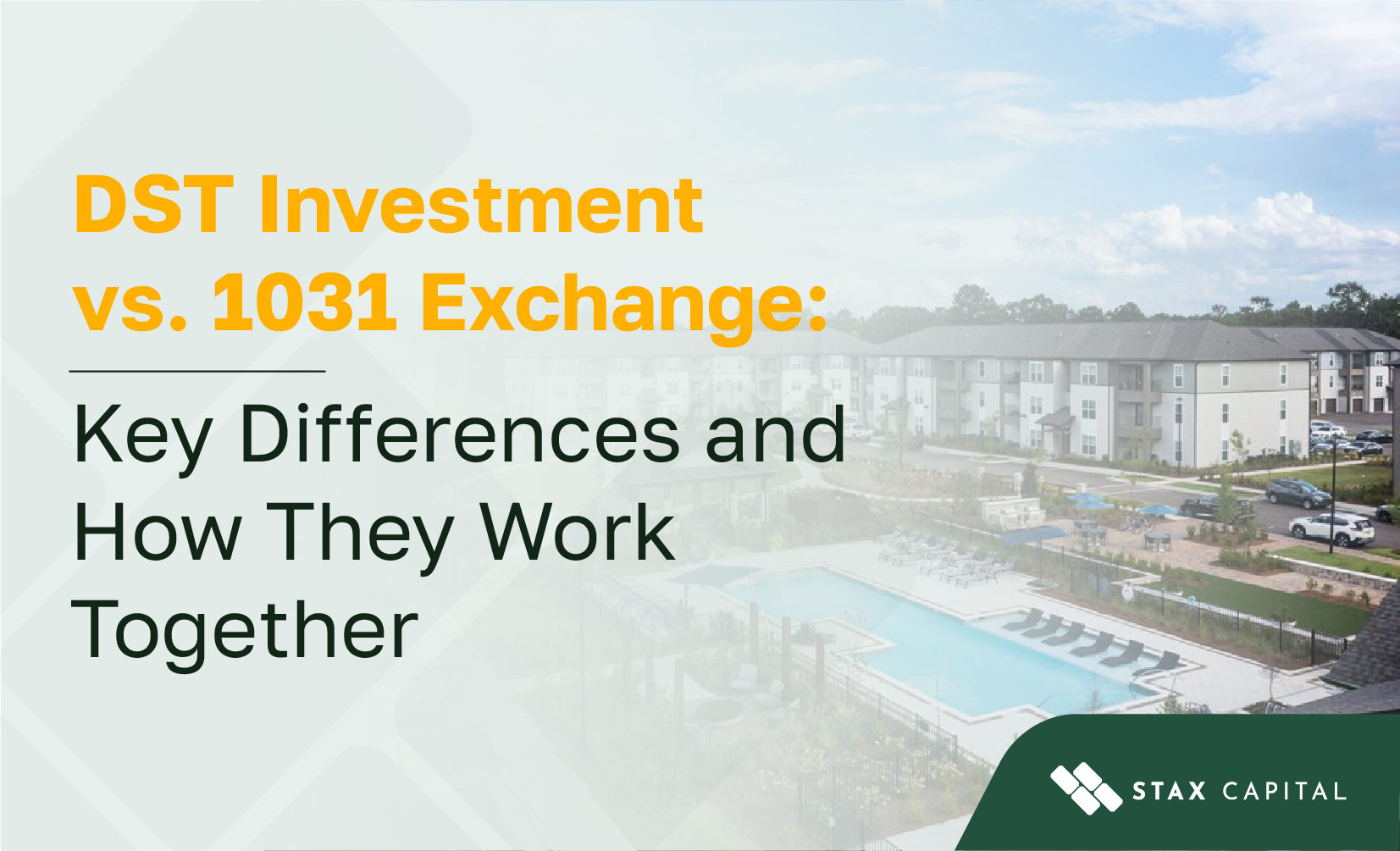What Are the Key Requirements for 1031 Exchange? A Complete Breakdown

Exchange Tips
Are you considering a 1031 exchange but unsure where to start?
This tax-deferral strategy can help eligible investors reinvest in properties without immediate capital gains taxes. However, strict requirements must be met, like identifying properties within 45 days or replacing debt on the new asset. Always consult a tax advisor to confirm how these rules apply to your unique circumstances.
In this complete breakdown, we’ll explore each rule, from property types to filing requirements, so you can make confident, informed decisions.
What is a 1031 Exchange?
A 1031 exchange is a tax-deferral strategy for real estate investors. It allows you to sell an investment property and reinvest the proceeds into another "like-kind" property. By doing so, you defer paying capital gains taxes on the sale. This process is guided by specific IRS rules, including timelines, identification rules, property qualifications, and the use of a Qualified Intermediary.
With proper planning, a 1031 exchange can help you grow your portfolio while preserving your capital.
Key Requirements for 1031 Exchange
Property Type Requirement
To qualify for a 1031 exchange, the property you sell and the property you buy must be "like-kind." This doesn't mean they need to be identical, but they must both be for investment or business purposes. For example, you can exchange a rental property for a commercial building. Personal residences don’t qualify.
Ensuring your properties meet the 1031 exchange rules is crucial for potential tax deferral and compliance with IRS rules.
Timeline Requirements
45-Day Identification Rule
Start Date: The countdown begins once you close on your relinquished property.
Identification Period: You have 45 days to identify up to three replacement properties. Failure to identify replacement properties within 45 days disqualifies the exchange, resulting in immediate tax liability.
Identification Process: Provide the addresses to your Qualified Intermediary (QI).
180-Day Completion Rule
Start Date: This also starts when you close on your relinquished property.
Closing Period: You have 180 consecutive days to complete the purchase of one or more of the properties identified in the initial 45 days.
Completion: Your exchange must be finalized by the 180th day. Failure to close within this period typically disqualifies the exchange from tax deferral benefits.
Qualified Intermediary (QI) Requirement
A qualified intermediary (QI) plays a crucial role in a 1031 exchange. This neutral third party handles the exchange funds to ensure everything stays compliant with IRS rules. They hold the proceeds from the sale of your property and use them to purchase your new property.
Without a QI, the transaction doesn’t qualify for tax deferral. Investors must not access or control the sale proceeds to meet IRS guidelines. It’s important to select a trustworthy QI who specializes in 1031 exchanges to ensure the process runs smoothly.
Identification Rules
3-Property Rule
The 3-Property Rule for a 1031 exchange allows you to identify up to three potential replacement properties. The key point here is flexibility. You don’t have to purchase all three properties—just one, two, or even all three if they meet your investment goals. If one of your choices falls through, you can move on to the next property on your list.
However, if you don’t acquire any of the identified properties by the 180-day deadline, your 1031 exchange will not qualify for tax deferral. This rule is designed to give you backups, ensuring you have options should something go wrong with your first choice.
200 Percent Rule
The 200% Rule in a 1031 Exchange gives you the ability to identify an unlimited number of replacement properties. But there’s a catch: their total combined fair market value cannot exceed 200% of the property you sold.
For example, if you sell a property worth $500,000, the properties you identify must total no more than $1 million. This rule helps you maintain flexibility in choosing new investments, but it’s important to carefully track the combined value to ensure you stay within the limit for the exchange to be valid.
95 Percent Rule
Under the 95% rule, there’s no limit to how many properties you can identify, and there’s also no limit on their total value. However, to qualify for the 1031 exchange, you must acquire at least 95% of the total value of those identified properties.
This can be tough to pull off, but it works best when you're looking at a complete portfolio from a single seller or group. If you acquire at least 95% of the identified portfolio, the exchange may qualify under IRS rules, subject to all requirements being met.
Title and Ownership Requirements
Same Taxpayer Rule
The Same Taxpayer Rule ensures consistency in ownership across a 1031 exchange. This means the taxpayer selling the relinquished property must also be the buyer of the replacement property. The Tax ID numbers on both transactions must match.
However, there’s an exception for disregarded entities, like single-member LLCs. The IRS sees these as extensions of their owners, allowing them to participate in exchanges without altering tax obligations while preserving legal protections.
Debt Replacement Requirements
A common myth in 1031 exchanges is that you must match or exceed the debt of the property you’re selling. That’s not true! What matters is replacing the value of that debt to meet IRS tax deferral requirements. For instance, if you sell a property with $400,000 in loans, you need to replace that $400,000 value—but not necessarily with another loan.
You can use cash, seller financing, private funds, or a mix of these options. As long as the total matches, you’ll meet IRS requirements for full tax deferral. Consult a tax professional to confirm how debt replacement impacts your specific exchange.
Compliance and Documentation
Filing Requirements
Accurate documentation is critical for IRS compliance. Keep detailed records, including IRS Form 8824, contracts for your sold and purchased properties, proof of Qualified Intermediary involvement, and property deeds.
Add title insurance, appraisals, and surveys to solidify your paperwork. These documents establish ownership, prevent delays, and make tax deferral smooth, letting you transition to your next investment confidently.
Note: Accurate documentation is essential to support your 1031 exchange. IRS regulations require detailed records to substantiate compliance with all exchange requirements.
Due Diligence
Every successful 1031 exchange starts with careful preparation. First, inspect the replacement property thoroughly with a licensed inspector. This helps uncover hidden repairs or costs. Next, dive into the financial details. Review past income statements, expenses, and projected cash flow to ensure the property meets your investment goals.
Don’t forget to analyze market conditions—understand the area’s growth, demand, and future potential. By verifying compliance and legality with the help of qualified professionals, you can align your investment with IRS guidelines and minimize potential risks.
Your 1031 Exchange Blueprint: Final Thoughts
A successful 1031 exchange depends on compliance with IRS rules, including timelines, property qualifications, and the use of a qualified intermediary. By adhering to these rules, you can maximize your investment potential while deferring taxes. Remember, preparation and guidance are key.
If you’re ready to start your 1031 exchange journey or need expert advice, get in touch with us today!



Share: